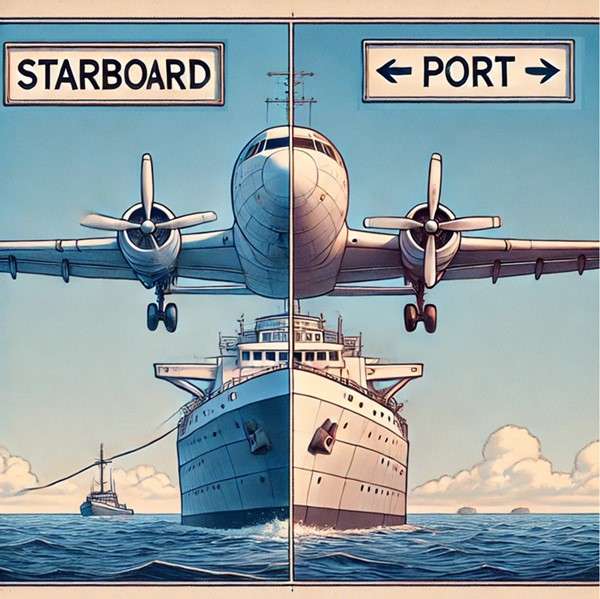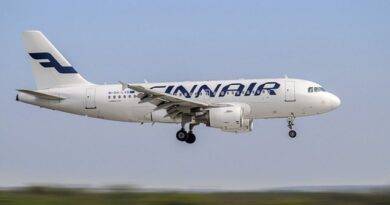The Historical Connections Between Aviation and Maritime
The history of aviation is closely tied to the maritime industry. Many principles, technologies, and practices that guided early aviators were adapted from the maritime world. This article explores the historical connections between aviation and maritime, focusing on shared innovations, navigational techniques, and the impact on global transportation.
Early Innovations: Borrowing from Maritime Practices
The Birth of Aerial Navigation
When pioneers of aviation first took to the skies, they borrowed heavily from maritime practices. Early aviators adapted nautical terms such as “port” and “starboard” and used similar navigational instruments like compasses and sextants. These tools, initially designed for ocean navigation, became essential in guiding pilots across unfamiliar terrains.

Design and Engineering Influences
The design of early aircraft was also influenced by maritime engineering. For example, there are rumors that the Wright brothers were inspired by ship hulls when designing the fuselage of their aircraft. Just as a ship’s hull needs to be aerodynamic in water, an aircraft’s body must be aerodynamic in air. The concept of buoyancy in water also had parallels in the development of lift in aviation.
Shared Navigational Techniques
Dead Reckoning and Celestial Navigation
Both mariners and aviators used dead reckoning and celestial navigation to determine their positions before the advent of advanced technology. Dead reckoning, which involves estimating one’s current position based on a previously known position, was a common practice in both fields. Celestial navigation, which relies on the positions of stars, was another technique used by both sailors and pilots, particularly during long oceanic and transatlantic flights.
Radio Navigation: A Shared Advancement
The introduction of radio navigation in the early 20th century revolutionized both maritime and aviation industries. Ships and aircraft began using radio beacons to navigate, greatly improving the safety and accuracy of long-distance travel. The development of radar during World War II further solidified this connection, as both navies and air forces relied on this technology for navigation and defense.
The Impact on Global Transportation
World War II: A Catalyst for Innovation
World War II played a crucial role in advancing both aviation and maritime technologies. The need for efficient troop and supply transportation led to innovations that benefitted both industries. Aircraft carriers, which combined the principles of aviation and maritime, became a symbol of this connection. These ships allowed aircraft to take off and land at sea, forever changing naval warfare and global transportation.
The Advent of Commercial Aviation
After the war, many of the advancements made in aviation were applied to commercial air travel. Airlines adopted practices from maritime shipping companies, such as scheduling, logistics, and customer service, to build the modern aviation industry. The global transportation network that we know today owes much to the historical connection between these two industries.
The Legacy of Aviation and Maritime Collaboration
Modern-Day Integration
Today, the collaboration between aviation and maritime industries continues. Modern aircraft and ships share advanced technologies such as GPS and Automated Identification Systems (AIS), which allow for real-time tracking and improved safety. The development of unmanned vehicles, both aerial (drones) and maritime (autonomous ships), highlights the ongoing exchange of ideas and innovations between these two fields.
Looking to the Future
As we look to the future, the historical connection between aviation and maritime will likely continue to influence new developments. The increasing focus on sustainability is pushing both industries to explore greener technologies, such as electric and hybrid propulsion systems. These innovations could lead to even closer ties between air and sea travel.
Conclusion
The historical connection between aviation and maritime is a testament to the power of cross-industry innovation. From shared navigational techniques to the adoption of engineering principles, the relationship between these two fields has shaped the course of global transportation. As technology continues to evolve, the lessons learned from this historical connection will remain relevant in driving future advancements.


